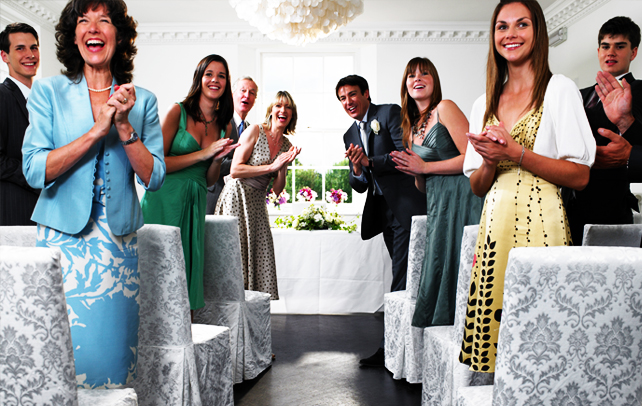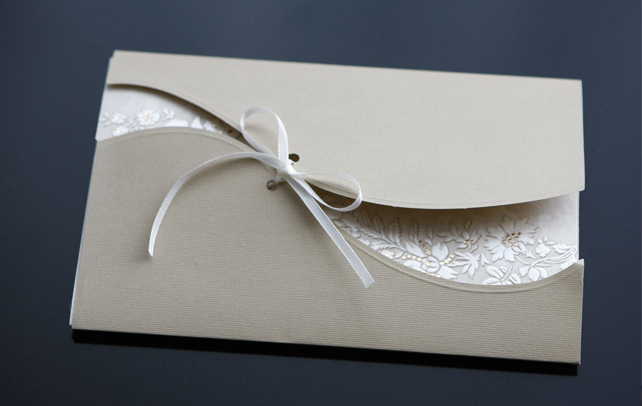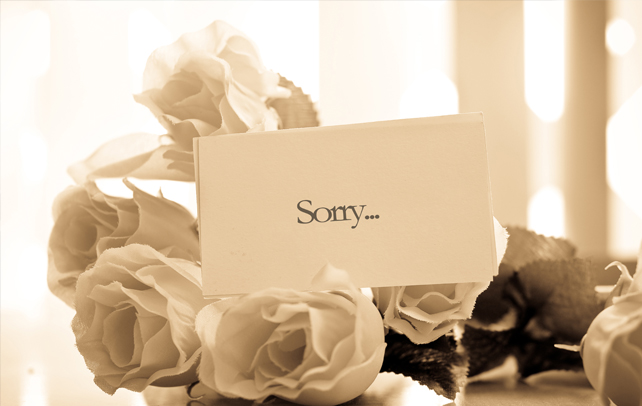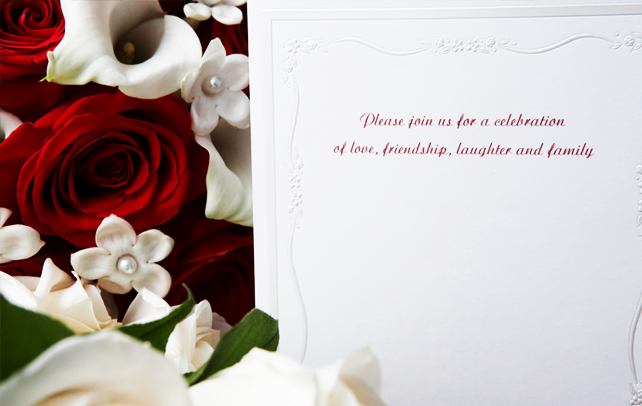Wedding Reception Etiquette
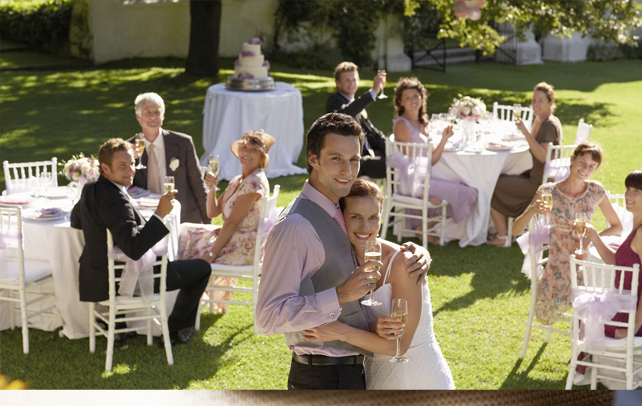
Weddings are not just the union of two persons but they are also the unification of families, making it an important social institution. Marriages are associated with various customs and beliefs which, of course, vary from place to place. Wedded bliss is not achieved with just tying a knot. There are other occasions which follow this big event such as the announcement and acceptance of this holy relationship. A reception, post-marriage, is usually the first public appearance of the newly wed. This is reason enough to explain the importance of a wedding reception. As in any other social gathering, there is a certain code of conduct or an etiquette that is closely related to wedding receptions. They explain how the function is to be held and what the invitees must do. The following sections detail the manners and behaviour to be adhered to during the wedding reception. The three major religions dealt with here are: Christianity, Islam and Hinduism.
Christian Wedding Reception
- If you have a separate list of people to attend the marriage and the reception, it is also advisable to print two different sets of cards for each. If you do not want any children to grace this occasion then you may mention so. However, writing ‘no children’ won’t be appreciated as much as simply putting ‘adults’ reception’ on the bottom of the invitation card.
- Ivory, champagne or other pale shades are the best colours for bridal attire Groom must wear tuxedos, shiny black shoes and a bow tie. A top hat, cuff links, gloves and studs may also be considered.
- The married couple should enter the reception hall only after all the guests have arrived. A master of ceremony usually announces your arrival into the room. There is a certain order for entry into the wedding party: bride’s parents, groom’s parents, the bridesmen and ushers, the maid of honour and the best man, followed by the flower girl and ring bearer. In the end, the bride and groom.
- Do not forget to greet the guests in the hall as you walk through. Customarily, the guests are offered a drink before being seated at their respective tables. A typical seating arrangement would be: the groom’s family seated on the left side of the table, the bride’s family on the right and seats for friends arranged at the back of the table. Prior to the meal, grace is said by the priest conducting the wedding. This is followed by a meal. Towards the end, the best man gives his speech; if there are more speeches then it has to be arranged between the dances.
- The bridegroom along with the best man and maid of honour should lead the dance. The bride and groom should leave the hall before the guests.
To The Invitees
- Do not hesitate to express your love and blessing to the couple. Find the perfect opportunity and wish the couples personally.
- While you are wishing with the couple, make sure that you don’t take up all their time as there are other people in queue. Most couples visit all the tables to greet their well-wishers.
- It is not appropriate to give a gift directly to the couple. Instead, place it on the table set aside for this purpose. If you can’t see it then ask concerned persons.
Hindu Wedding Reception
- The importance of Hindu receptions is that it is the first public appearance of the couple after marriage. Hence, the reception is a podium where guests offer their blessings. It is important to invite family members and close friends to this occasion.
- Hindu receptions, unlike other ceremonies, do not include any rituals. It is often conducted by the groom’s family as an opportunity to respect the bride’s family.
- If you are in charge of the wedding, ensure that there is enough space for relatives to gather and dance.
- Arrange the food at the opposite end of the reception hall so that it appears more organized. It is not preferable if people enter the dining area and walk through the crowds to greet the newlyweds.
- The dining area should be well arranged such that every dish prepared is visible to the guests. Vegetarian food is preferred to non-vegetarian in Hindu ceremonies.
To The Invitees
- Do not wear black dresses to a Hindu reception because since it is considered inauspicious.
- Gift items can be in the form of curios, precious metals like gold, silver etc. to cash amounts of any denominations such as Rs.101, Rs.501 and Rs.1001 and so on.
Muslim Marriage Reception
- In Muslim weddings, the reception is hosted by the bride’s family. As in any other function in the Muslim community, this event is also held based on religious norms. The ‘hijab’ way of dressing is compulsory, depending on the sect of Muslims.
- Ensure that you greet all the guests and make sure that the invitees enjoy a considerable level of comfort.
- As it is the union of two families, you may spot some unfamiliar faces but do not hesitate to give a warm smile while welcoming them in.
To The Invitees
- You can gift the new couple: money, oddments, precious metals, perfumes etc.
- Drinking is considered to be ‘haram’ in Islam and thus, no alcohol can be expected in wedding receptions.
- The final seating should be discussed amongst the elders of both families.
- Ensure that guests have settled into their seats comfortably. For instance, if a group of friends attend the party and if a single table couldn’t accommodate them then divide the group into two and arrange accordingly. This is preferred to casting them away on to a table full of strangers.
- Elderly and disabled people should be specially considered.
- Always make sure that you have arranged for extra food as compared to the number of invitees.
Given above are some of the important rules of etiquette related to the three major religions of the world. Although these unwritten laws of conduct vary according to place and tradition, some of them are practiced all over the world.







